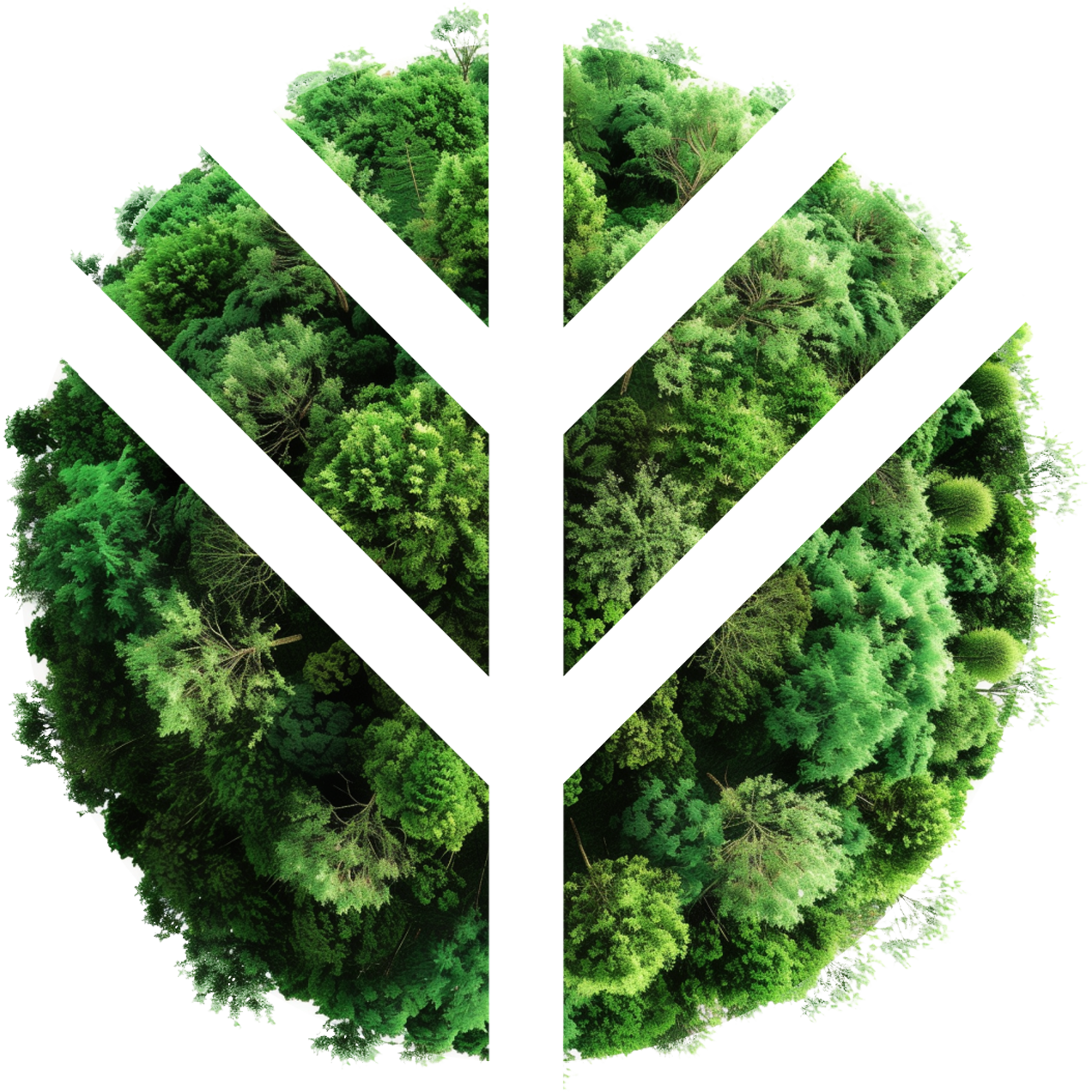Indigo Secrets
Natural Indigo: 17 things that will blow your mind about natural indigo
Indigo is one of the oldest dyes humans have been using. Today, however, we almost exclusively use the artificial replication of indigo. If you own a pair of blue jeans, you know what indigo blue looks like. The chemical coloration and stone-wash method of jeans mimics what aged natural indigo looks like. Not only does it feel very different, it also behaves differently. For example, chemical indigo weakens the yarn while natural indigo makes it longer-lasting. And there are many good reasons to turn the clocks back and revert to using natural indigo. Natural indigo has many additional properties that make it a superb colorant for wearing against your skin. Here are some of the most surprising facts about this miraculous plant.
1. Chinese medicine: Indigo has been used in Chinese herbal medicine for centuries to treat ailments such as high fever, chronic myelogenous conditions, child epilepsy, nose bleeds, sore throat, gum inflammation, tonsillitis, insect or snake bites, and psoriasis, to name but a few.
2. Japanese samurai: Japanese samurai dyed their clothes with indigo and wore them under their armor to help heal wounds faster.
3. Active components: The active components in indigo, tyrptanthrin and isatin, have anti-inflammatory, antibacterial, and antifungal effects on the skin.
4. Price: Indigo prices range near $20/kg ($44/lb), making it one of the most expensive dyes in the world.
5. Indigo and Egypt: Egyptian artifacts suggest that indigo was employed as early as 1600 B.C. and it has also been found in India, Indonesia and China.
6. Eco-friendly: In the dyeing process, cotton and linen threads are usually soaked and dried 15-20 times, making it one of the most eco-friendly dyeing alternatives on the planet. By comparison, chemical dyes require 80-100 soaks, using much more water in the process.
7. Ways it's sold: Indigo is most commonly sold as either a 100% powder or a 20% solution.
8. The dye comes from leaves: The raw materials used in the natural production of indigo are leaves, not flowers as many believe. The leaves are dried and then ground into powder.
9. Treatment for psoriasis: In a 2012 study, patients with severe plaque psoriasis (where inflamed patches of skin are covered with white, painful scaling) were given indigo ointments and showed significant improvement in only eight weeks.
10. Cure for dermatitis: The Journal of the American Medical Association published research from scientists whose studies found up to an 81% improvement in severe dermatitis when the skin was treated with natural indigo.
11. Durability: Indigo in the form of dye makes cotton 20 times more durable.
12. Okinawa blue: The indigo plants native to Okinawa are unique from other varieties of indigo as they yield a gentler, softer blue.
13. Indigo in The Lord of the Rings: The magical herb in The Lord of the Rings, Athelas, which Aragorn uses to aliviate Frodo's pain, was largely based on the indigofera plant.
14. The Arabs have used it: Indigo has been used in the Arab peninsula as an analgesic for toothache and as an anti-inflammatory for insect stings, snake bites and swellings.
15. 750 species: There are over 750 species of the Indigofera plant, making it one of the most versatile and widely available plants in the world.
16. Indigo = Indian dye: The word "indigo" comes from Greek indikos, meaning "Indian (dye)."
17. 17,000 tons produced per year: The current production levels of indigo are reported to be around 17,000 tons per year.
